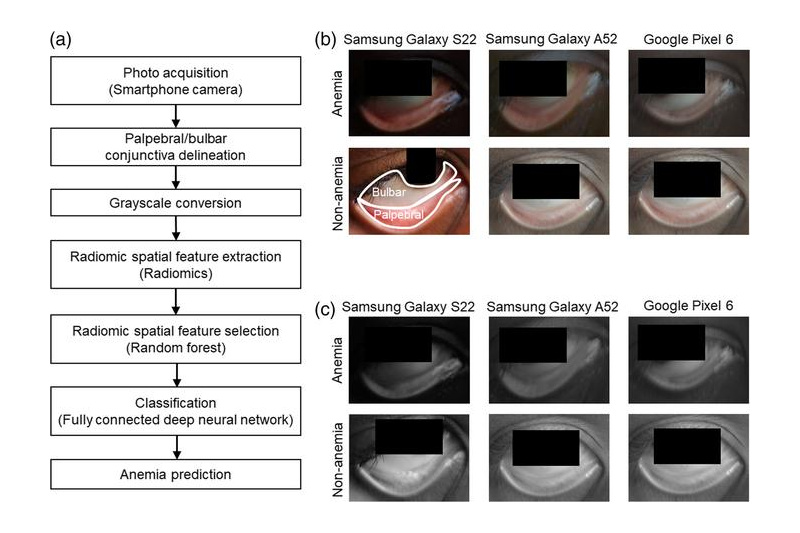

3D MRI can detect pancreatic cancer when it is smaller and patients have a greater likelihood of survival, a new study shows.
The study included 57 patients who had clinical symptoms of pancreatic cancer. All had contrast enhanced 3D gradient-echo MRI examinations. Radiologists correctly identified pancreatic cancer in 24 patients, said Richard Semelka, MD, professor of radiology, at the University of North Carolina, Chapel Hill, and an author of the study. Eight of the cancers found were less than two centimeters in size, Dr. Semelka said. “Currently patients with pancreatic cancer are treated with complete surgical resection and the smaller the tumor, the easier it is to remove,” he said.
Pancreatic cancer is usually diagnosed too late, said Dr. Semelka. About 40,000 people are diagnosed with the disease in the U.S. each year, and nearly all of them die. Pancreatic cancer is the fourth most common cause of cancer death in the U.S. “The symptoms of the disease are somewhat nonspecific and can easily be misinterpreted. In addition, the disease is very aggressive so if the disease is missed or the diagnosis is delayed, the patient’s chance for survival is dismal,” he said.
3D MRI did indicate pancreatic cancer in three patients, but biopsy showed they did not have the disease. However, one did have a neuroendocrine tumor and one had focal pancreatitis. Three patients were lost to follow-up, said Dr. Semelka. “No patient with a study interpreted as normal was subsequently found to have pancreatic cancer,” he added.
“We are now working with our internists to detect this disease earlier,” said Dr. Semelka. “We are encouraging them to refer their patients for a 3D MRI examination if a patient has severe mid-abdominal pain not explained by a back problem, sudden development of diabetes and/or sudden development of jaundice. Radiologists who are reading 3D MR images of patients with abdominal pain should also look for pancreatic cancer even if the patient didn’t have the examination for that purpose,” he said.
The study appears in the September 2005 issue of the American Journal of Roentgenology.












